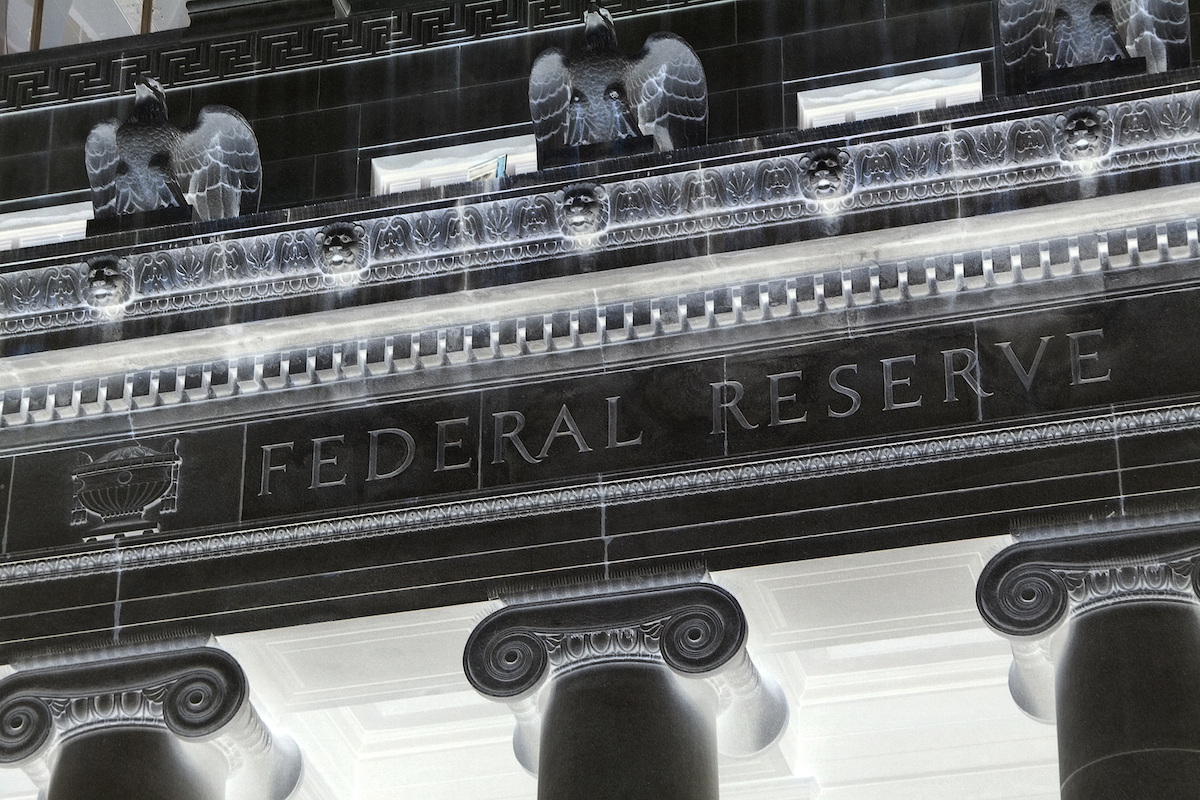by Kristina Hooper, Invesco Canada
What’s different about the U.S. Federal Reserve’s balance sheet reduction today versus 2014? Kristina Hooper discusses quantitative tightening and what we know about the Fed’s plans for 2022.
For the past several weeks, imaginations have been running wild about what the U.S. Federal Reserve (Fed) will do this year to help tame rising inflation. Last week, the Federal Open Market Committee (FOMC) helped shed a little light on what to expect from the Fed in the coming year. Following are a few of the highlights from the FOMC announcement and press conference.
What did we learn from the FOMC?
The Fed does not yet know the path of rate hikes. More specifically, it does not know the pace or size of rate hikes. That’s because the Fed will be data dependent, as it recognizes the importance of being nimble and reacting to the incoming data and the evolving outlook. However, the Fed does believe the economy is very different than it was in 2015 — growth is higher, inflation is higher, and the labour market is in far better shape — and so it can tighten more quickly and more significantly. In last week’s press conference, Fed Chair Jay Powell shared his view that there is “quite a bit of room” to raise rates without threatening the labour market and choking off the economy. Not coincidentally, stocks started tumbling after those words.
The focus is on stable prices. The Fed appears satisfied it has reached its “full employment” mandate. It is focusing on its “stable prices” mandate, as it believes inflation risks have increased. In fact, the most important change in language in the FOMC statement concerned inflation, which is now described as “well above 2 percent” versus the previous “having exceeded 2 percent for some time.” This suggests that rate lift-off will occur “soon.”
No specifics yet on balance sheet reduction. The “Principles for Reducing the Size of the Federal Reserve’s Balance Sheet” was released along with the Fed’s statement. This document is similar to past communications regarding the balance sheet, such as the principles around normalization that was released in 2014. This document shared broad objectives such as the Fed’s intention to primarily hold Treasury securities in its balance sheet, but gave no real specifics.
Reductions may start “in the background” this summer. Though we don’t have specifics just yet, the Fed expects to begin reducing its balance sheet soon. It will need to work out the details in the next one or two meetings, and so it could be poised to start quantitative tightening this summer. However, Powell made it clear that the federal funds rate will be the primary tool for the Fed. Shrinking the balance sheet will occur “in the background.”
How might balance sheet reduction be different this time?
We can’t overlook the fact that we only found out recently about the Fed’s plans to begin reducing the balance sheet (also known as quantitative tightening) this year. That balance sheet reduction was discussed at the December FOMC meeting came as a surprise, given that this process began much later in the previous tightening cycle.
We have to take a step back and recognize that not only is the Fed preparing to begin quantitative tightening (QT) much earlier in the normalization process this time, but it is dealing with a very different balance sheet — it is much larger now than it was in 2014, when the Fed ended its asset purchases in response to the Global Financial Crisis (GFC). When the Fed ended its quantitative easing (QE) program in 2014, the Fed’s balance sheet stood at approximately $4.5 trillion.1 The Fed waited to begin QT until the fall of 2017, and prematurely ended it in September 2019. The Fed didn’t get very far with its QT back then, only bringing it down to $3.8 trillion. 1 The Fed’s balance sheet has expanded dramatically since then in response to the pandemic and is now at $8.8 trillion – about double the size after GFC QE.1
In fact, Powell was echoing the words of his predecessor, Janet Yellen, when he said last week that balance sheet reduction could occur in the background. Back in 2017, when Janet Yellen was the Chair of the Federal Reserve, she too anticipated balance sheet reduction would occur “in the background.” But in 2016, before QT began, she fretted, “Our ability to predict the effects of changes in the balance sheet on the economy is less than that associated with changes in the federal funds rate.” She worried that “financial markets and the economy could potentially be destabilized if assets were sold too aggressively.”2
The last time around, QT mostly occurred in the background, with an important exception — there was a spike in money-market rates in the third quarter of 2019 that necessitated Fed action. U.S. Treasury debt auctions and corporate tax payments coincided in September 2019, when the Fed’s QT was already reducing bank reserves. The combination of these three factors caused a liquidity shortage as banks scrambled to borrow overnight money to cover their funding needs. (The good news is that the Fed’s standing repo facility launched last year should help ease such frictions and allow for smoother QT this time around, reducing the risk of a tightening in money markets that might spill over into the wider financial markets.) Back in 2019, the Fed stepped in to meet short-term liquidity needs, and in terms of the impact on equities, balance sheet reduction did occur “in the background,” despite fears to the contrary.
The Fed started QT at the end of September 2017 and signaled it would end QT on Aug. 1, 2019, with the effective end date of purchases on that same day. So for that period from Sept. 29, 2017, to Aug. 1, 2019, global stocks were positive: The MSCI World Index rose 8.63% in terms of price appreciation over that time frame, while the S&P 500 Index rose 17.23% in terms of price appreciation.3
This time around the balance sheet is much bigger, has a shorter duration, economic growth is higher, and inflation is higher — and so at last week’s press conference, Powell suggested the Fed could move harder and faster. Which begs the question, “Can balance sheet reduction still occur in the background?”
I would like to think it can, given our experience during the last QT round. I am most comforted by knowing that the Fed is committed to being data dependent, which suggests to me that it should be comfortable adjusting its monthly asset reductions depending on incoming data and financial market stability. However, we will want to follow the situation closely.
With contributions from Arnab Das and Ashley Oerth.
1 Source: U.S. Federal Reserve
2 Source: MarketWatch, “Yellen explains why the Fed did not reduce balance sheet to tighten policy,” Aug. 26, 2016
3 Source: Bloomberg, L.P. Past performance is not a guarantee of future results. An investment cannot be made into an index.
This post was first published at the official blog of Invesco Canada.













